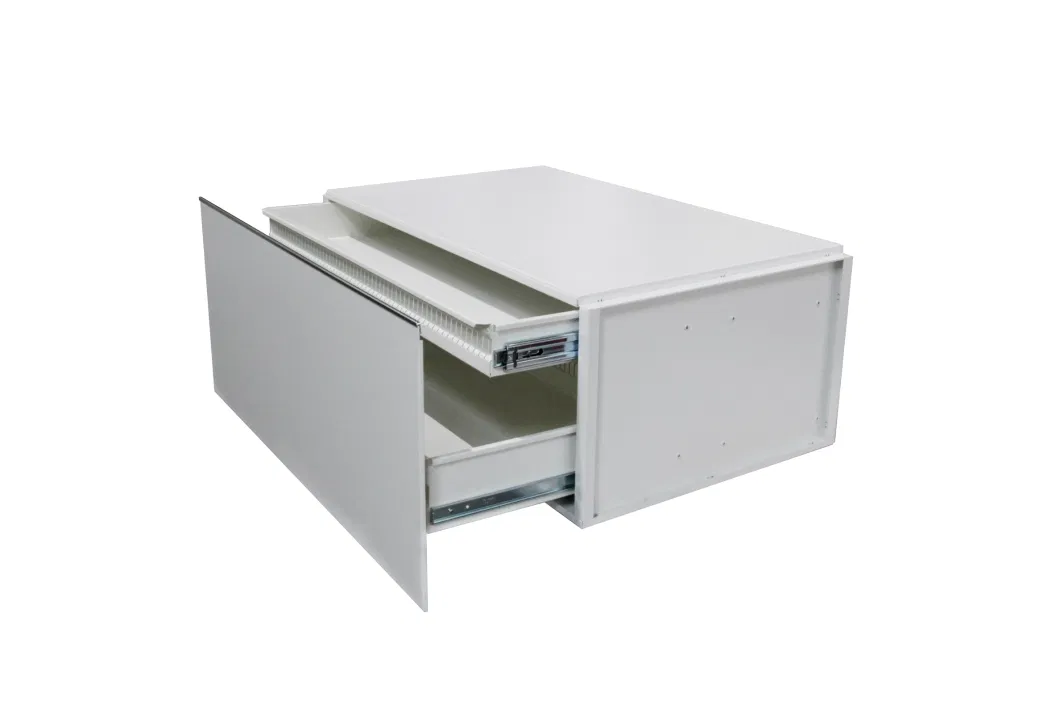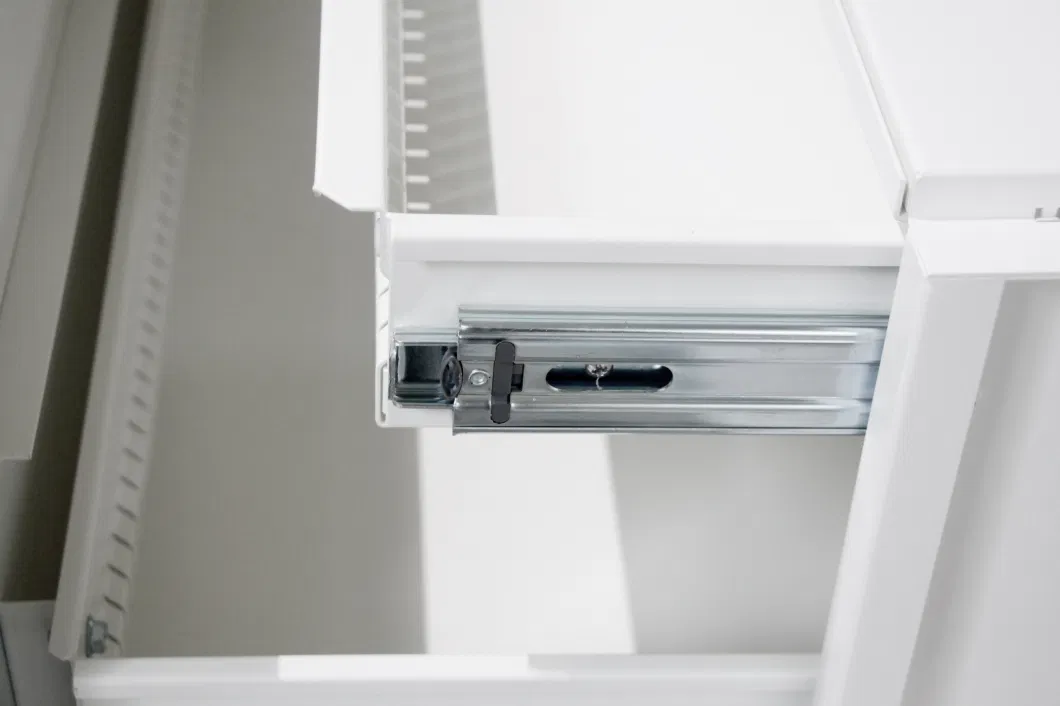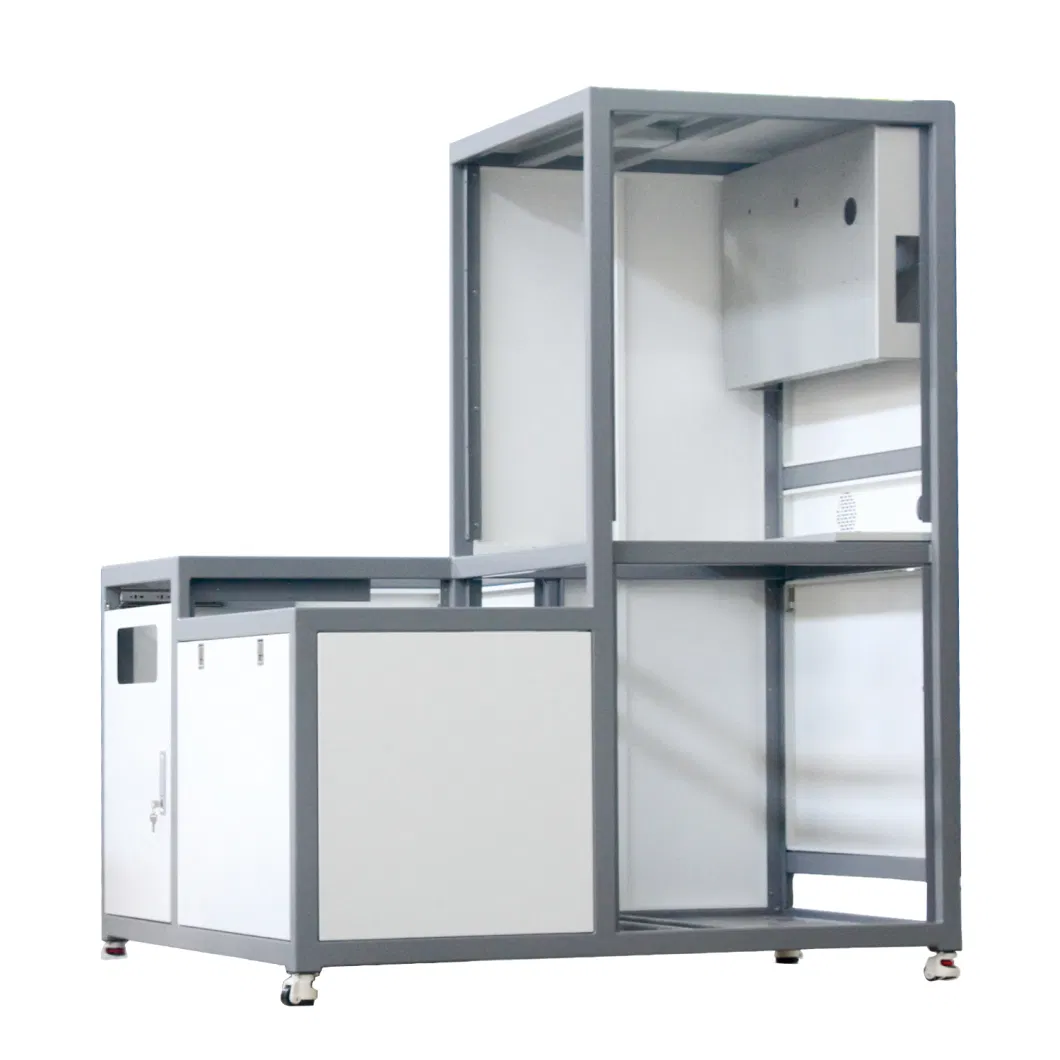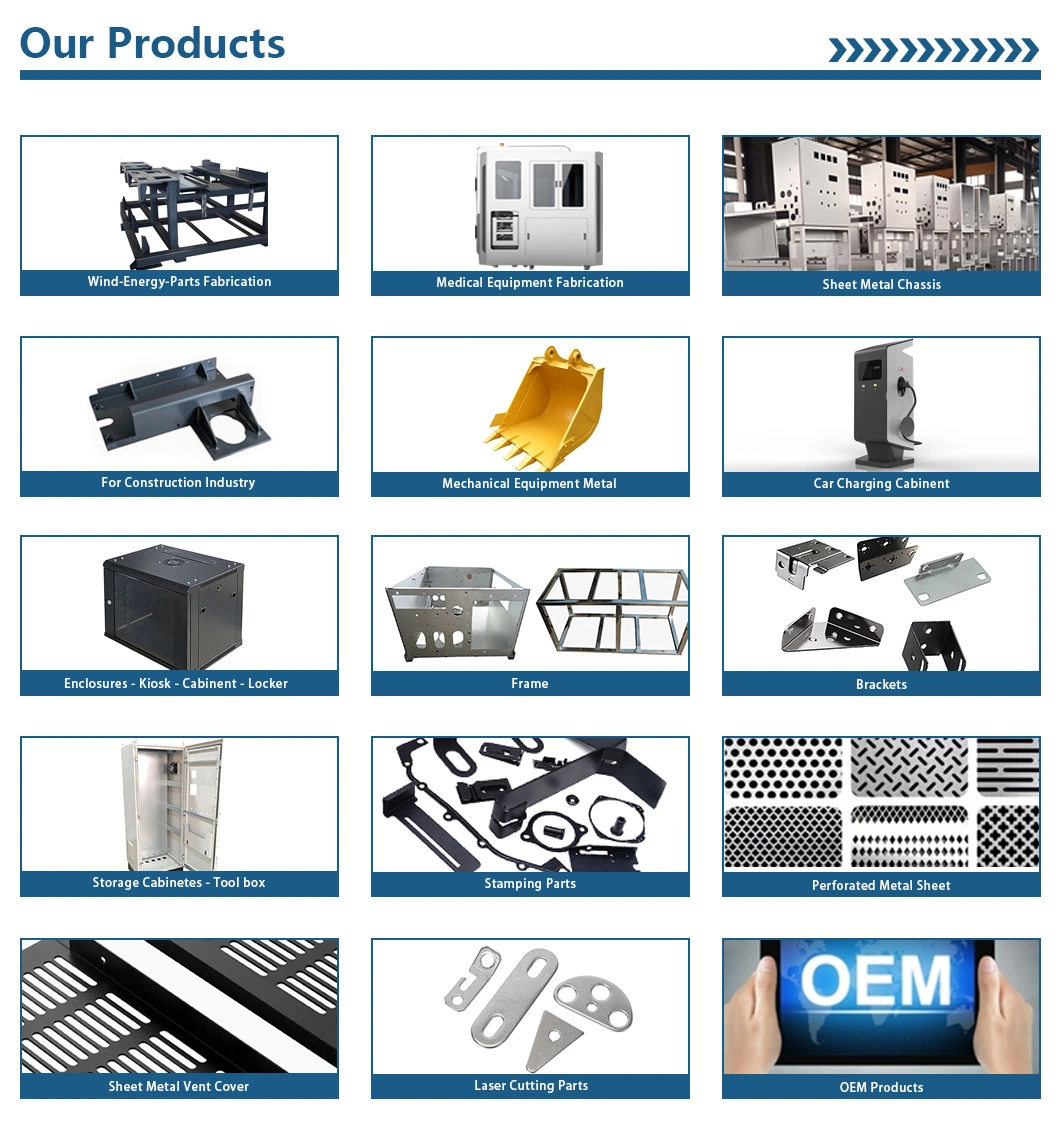
Category

Top Sheet Metal Industry Fast Delivery Sheet Metal Fabrication Prices
Overview Package Size 1.00cm * 1.00cm * 8.00cm Package Gross Weight 1.000kg Product Description What are the common proc
Overview
1) CurlingAutomotive sheet metal parts usually contain sharp edges with "hair" after initial production. Crimping is a forming process that involves deburring a metal plate to produce a smooth edge2) BendAnother common forming process of automobile sheet metal parts is bending. Companies usually use brake press or similar machine press to bend automobile sheet metal parts.3) IroningIt is also possible to charge metal plates to achieve uniform thickness. For example, most hat mirrors are made of iron. In the original state, the aluminum plate is too thick for the beverage, so it needs to be ironed to obtain thinner and more uniform ingredients4) Laser cuttingIn recent years, laser cutting has become a more and more common forming process for automotive sheet metal parts. Through laser cutting, the metal plate is exposed to a high-energy laser and burns holes in the metal.5) HydroformingA little-known forming process of automobile metal parts is hydraulic forming. Like deep drawing, hydraulic forming involves drawing wool on the mold. So what is the difference between hydroforming and deep drawing? The main difference between these two processes is that deep drawing needs to reduce drawing many times, while hydraulic forming can be completed in only one step.6) PunchingStamping is a forming process of automobile sheet metal parts, which involves punching holes in automobile sheet metal parts with punches and dies. Automobile sheet metal parts are placed between punches and die, and then punches are pressed down and pass through metal plates to form a hole
Product Description
Basic Info.
| Model NO. | WEL003 |
| Machining Method | CNC Machining |
| Material | Stainless/Aluminium/Copper/Brass/Carbon Steel |
| Process | Laser Cutting, Bending, Welding, Assembly etc |
| Drawing Format | Dwg/STP/Pdf/Dxf |
| Finish | Can Be Customized |
| Application | Machinery and Construction Indusries |
| Design | Inhouse Engineer Is Available |
| Transport Package | Based on Customer′ Request |
| Specification | Customized. At present, the products we processed |
| Trademark | Sheetwell |
| Origin | Shanghai |
| HS Code | 8414909090 |
| Production Capacity | 400pieces/Day |
Packaging & Delivery
Package Size 1.00cm * 1.00cm * 8.00cm Package Gross Weight 1.000kgProduct Description
Product Description
What are the common processing technologies for automobile sheet metal parts?1) CurlingAutomotive sheet metal parts usually contain sharp edges with "hair" after initial production. Crimping is a forming process that involves deburring a metal plate to produce a smooth edge2) BendAnother common forming process of automobile sheet metal parts is bending. Companies usually use brake press or similar machine press to bend automobile sheet metal parts.3) IroningIt is also possible to charge metal plates to achieve uniform thickness. For example, most hat mirrors are made of iron. In the original state, the aluminum plate is too thick for the beverage, so it needs to be ironed to obtain thinner and more uniform ingredients4) Laser cuttingIn recent years, laser cutting has become a more and more common forming process for automotive sheet metal parts. Through laser cutting, the metal plate is exposed to a high-energy laser and burns holes in the metal.5) HydroformingA little-known forming process of automobile metal parts is hydraulic forming. Like deep drawing, hydraulic forming involves drawing wool on the mold. So what is the difference between hydroforming and deep drawing? The main difference between these two processes is that deep drawing needs to reduce drawing many times, while hydraulic forming can be completed in only one step.6) PunchingStamping is a forming process of automobile sheet metal parts, which involves punching holes in automobile sheet metal parts with punches and dies. Automobile sheet metal parts are placed between punches and die, and then punches are pressed down and pass through metal plates to form a hole













